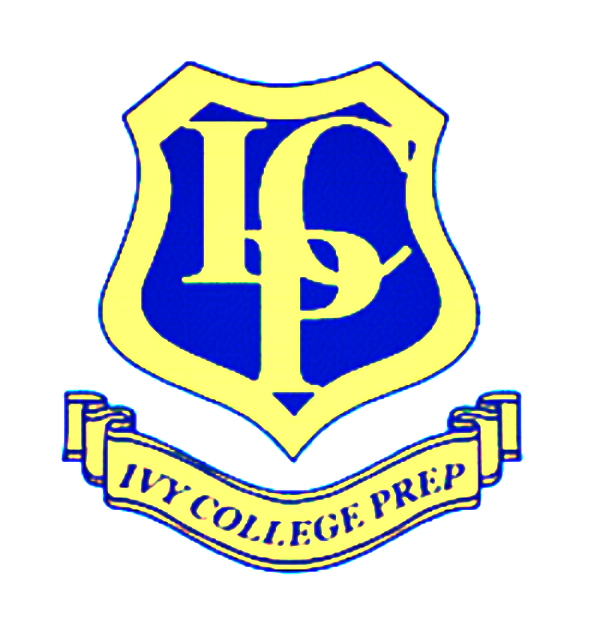When applying to college, it’s a very good idea to use a checklist to ensure all the requirements are submitted by deadline. A generic checklist, such as the one found at https://static1.squarespace.com/static/56bcde7df85082b0eecac2e5/t/56e8822e55640b2933acc2d4/1294954817013/sampleorganizer.pdf, covering recommendations, thank you letters, special submissions, financial aid…, might be sufficient, but the problem is many schools have so many offerings that a customized checklist might prove more effective. Devising your checklist will depend on the schools and the programs of interest.
George Washington University (GWU) in DC, for example, offers a lot of alternatives to its applicants depending on how, when, and to what programs they’re applying. How they’re applying: as transfers, entering freshmen, or international students affects financial aid, transcripts, and standardized test requirements. A checklist clarifies all this. Whether they’re applying Early Decision I or II, for the BA/MD 7-year program, or regular admissions also affects deadlines and test score submissions. Alternative programs, such as the Honors program, require two SAT Subject tests, 2 essays, and the main, 500-word, supplement essay. Applying as a journalism or ‘Political Communication’ major (a relatively new offering) would add yet one more essay. For GWU’s Accelerated Programs (in particular the aforementioned BA/MD 7-year combined program) there are essays for both the undergraduate and medical schools, along with the possibility of an interview. A checklist will keep all this straight. Furthermore, each essay needs to be placed on the checklist, separately, for possible recycling.
Many of the other private schools also have special requirements, which makes creating a customized checklist for each prudent. Wake Forest University, for example, a test optional school, likes to interview each applicant. This is a 25 minute interview with the admissions office—most are done on Skype; however, it is up to the applicant to call in and set a time—something many candidates might not do unless it is included on their checklists. The Claremont Schools want most Southern California residents to visit the campus and set up an interview with the admissions office. Not complying indicates lack of interest. On a checklist, it won’t be overlooked. Dartmouth and Davidson Colleges require recommendations from a friend; something that should be on each of their checklists.
Even certain essay questions, such as this year’s Northwestern essay question, are best done with a checklist: “What are the unique qualities of Northwestern…that make you want to attend the University?” It’s best to respond to such a question with a checklist created after reviewing the offerings of your chosen department (or departments) and the core or distribution requirements of the school. This tends to include undergraduate research opportunities, coop programs and internship opportunities, specific classes or professors, major and minor options, dual degree offerings, study abroad opportunities, honors thesis options, special writing seminars…The more you know about the unique qualities of the school’s offerings, and this is best tracked with a checklist, the better your candidacy is perceived.
There is nothing magical about using a checklist, it is merely a tool that makes you think about what it is you have to do and gives the task order and comprehensiveness. Atul Gawande, a thoracic surgeon, in the 10 December 2007 New Yorker article, The Checklist, (http://www.newyorker.com/reporting/2007/12/10/071210fa_fact_gawande) gave an example of filling out a simple checklist each time a doctor put an intravenous line into a patient, to reduce line infections. The Sinai-Grace Hospital in inner Detroit, before the checklist implementation, experienced more line infections than 75% of the hospitals in America; three months after implementation, it had cut its quarterly infection rate to zero. A checklist is a simple but powerful tool. For a task as fraught with as many choices as the college admissions process, using a checklist might prove infectious.

